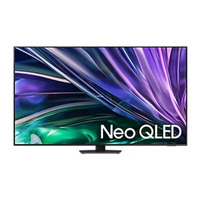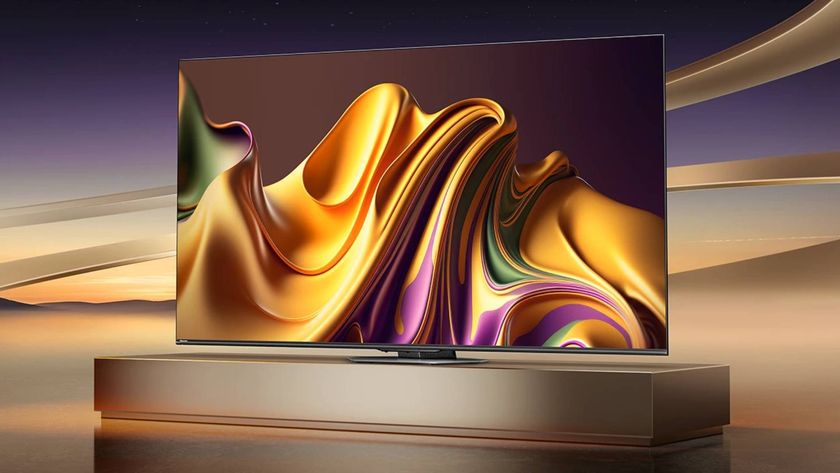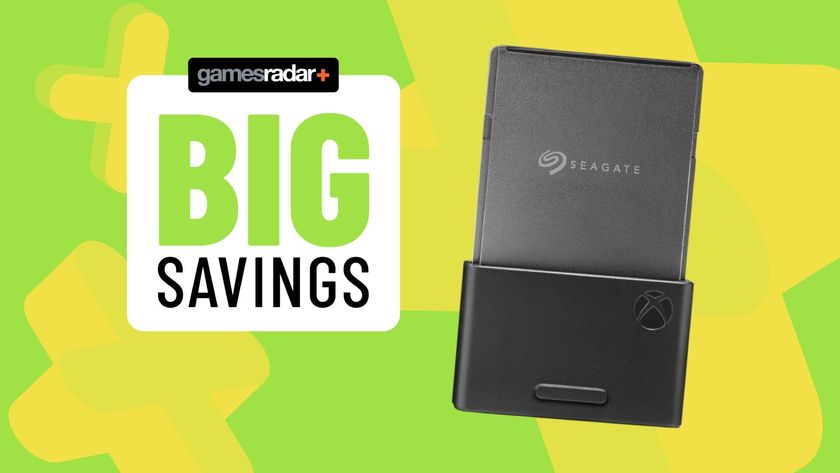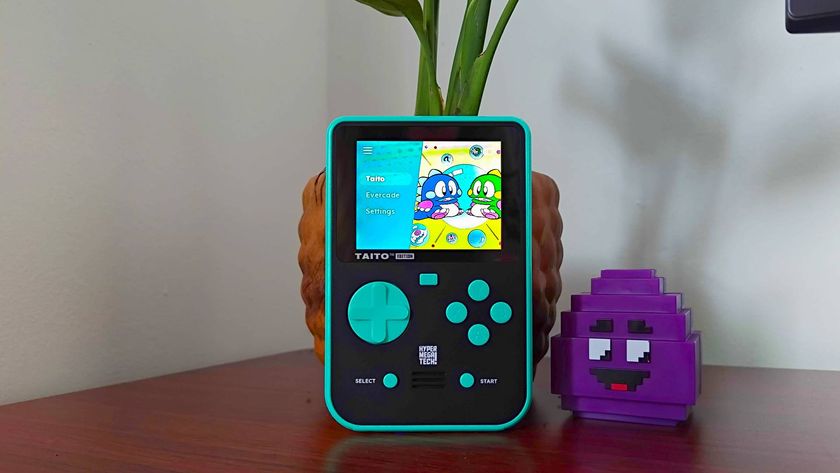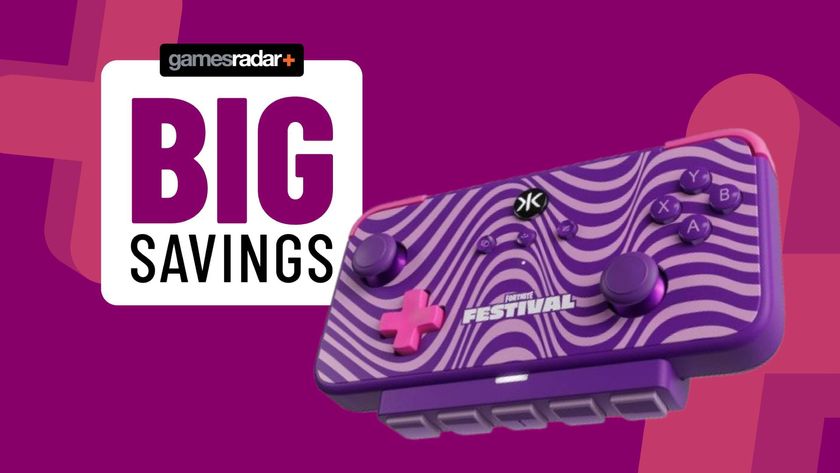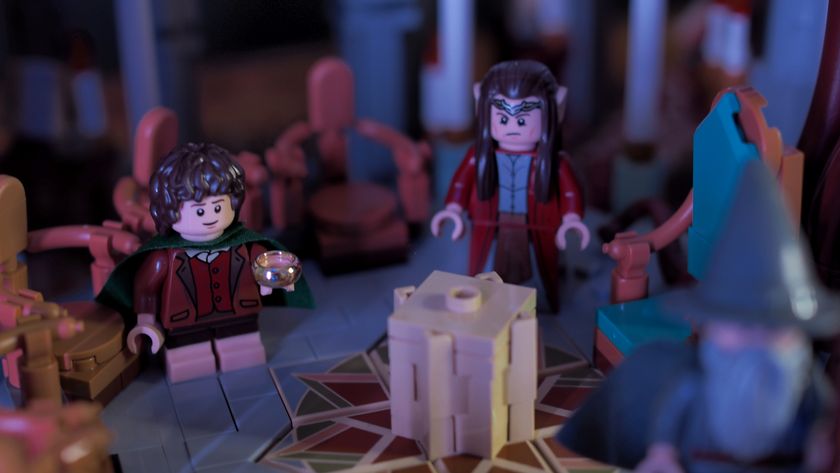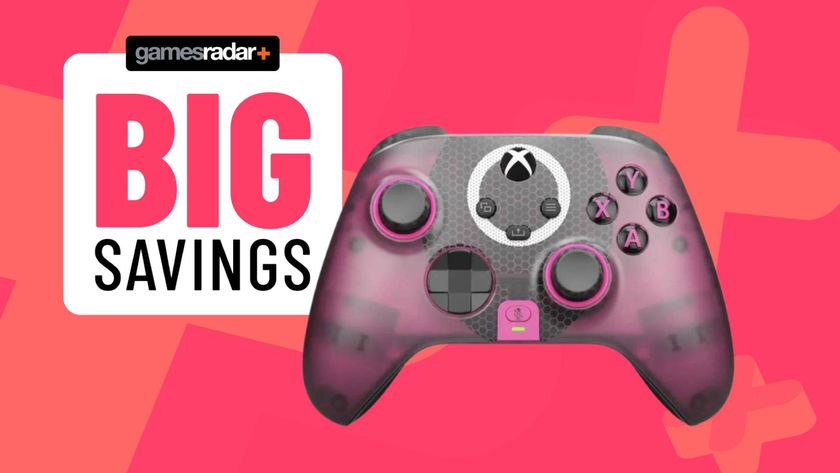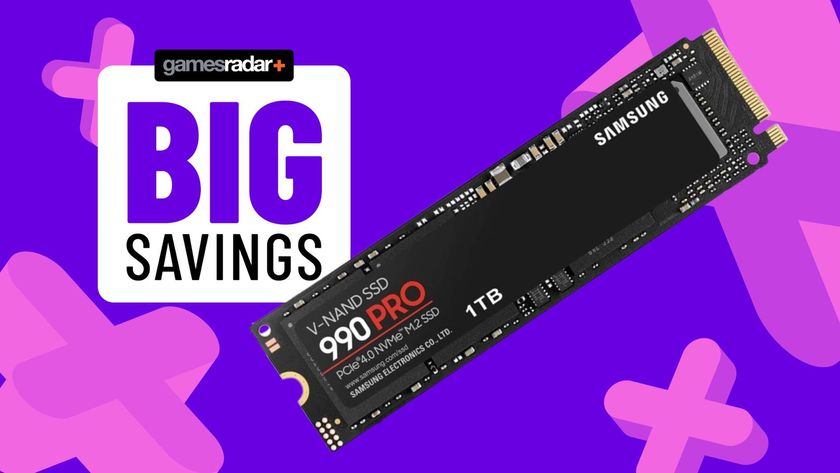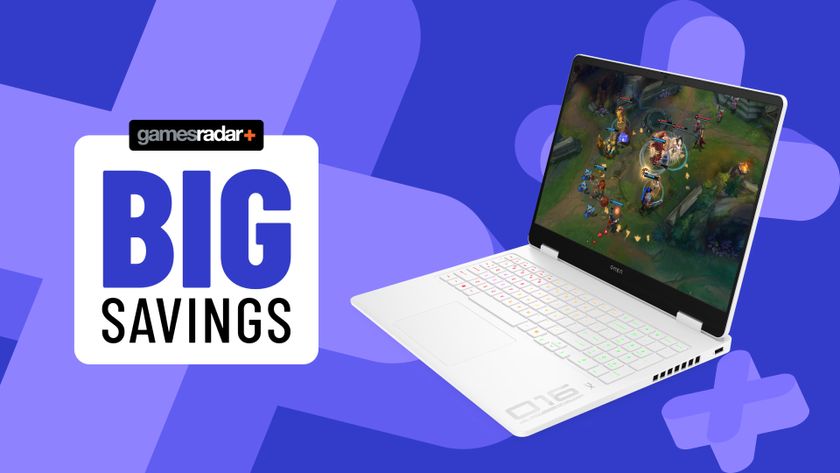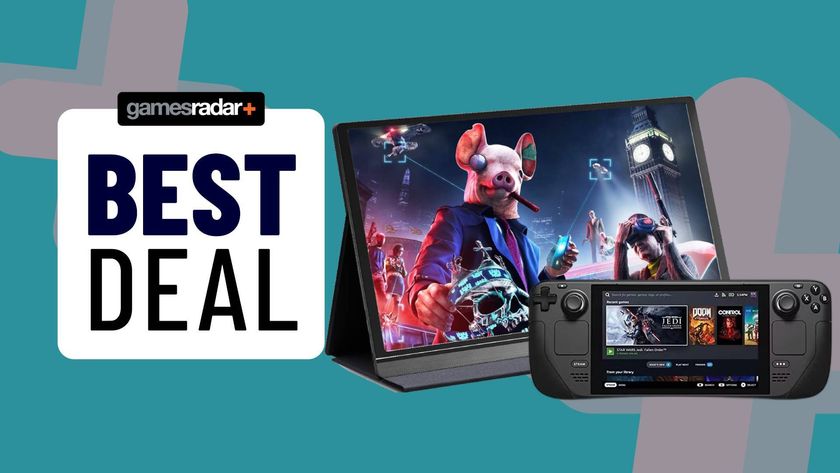The Samsung mini LED TV I’ve been testing is the next best thing to OLED, and it’s down to a record-low price
Big, bright, and cheaper than ever.
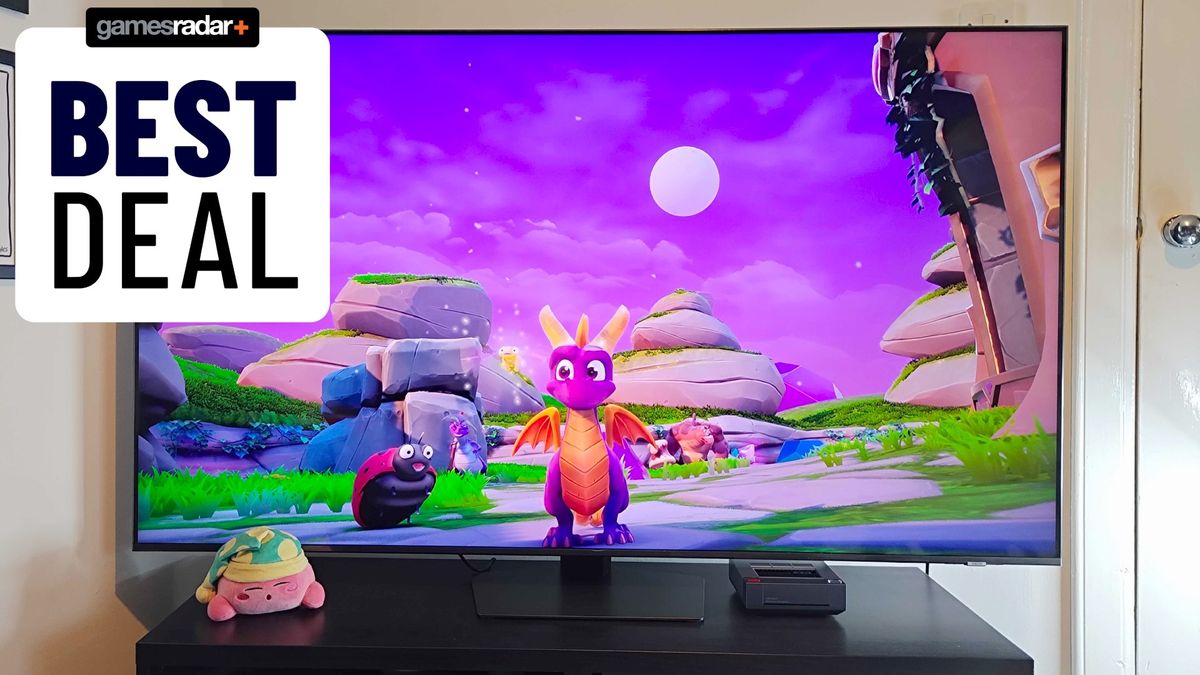
I’ve been using the Samsung QN85D as part of my setup for a few weeks, and the QLED gaming TV is surprising on multiple levels. Not only does it come within inches of matching OLED screens with superb contrast and colors, but it’s also more affordable than other premium panels. Better still, I just stumbled across a pretty great discount that makes the 120Hz display even better value just in time for the big PS5 Pro announcement.
The price is currently hidden, but adding the 65-inch Samsung QN85D to your Amazon basket brings it down to $1,437.95 (was $1,899.99). That’s a fairly competitive price for what is set to be one of my best gaming TV picks for 2024, especially since you’ll pay $1,599.99 going to the screen maker directly. More importantly, the mini LED panel is one of the first to convince me that OLED isn’t always the answer, particularly if you can save a chunk of change in the process.
I’ve been keeping an eye on the Samsung QN85D’s price for a while, as keeping up with its real-time shelf price helps provide perspective. By that, I mean that I can make more appropriate price and specs comparisons, especially since it hasn’t returned to full price since June. For a few months now, the screen has sat at around $1,600 at Amazon, meaning it’s fighting in the same ring as the LG OLED B4. There’s no guarantee that it won’t leap back up to MSRP at some point this year, but if you’ve already settled on this 120Hz mini LED monster, I’d pick it up before it gets the chance.
Samsung QN85D 65-inch | $1,899.99 $1,437.95 at Amazon
Save $462.04 - Now sitting under the $1,500 mark, Samsung’s mini LED panel is down to a new record low price. Even when discounted, you’ll normally pay around $1,600 for this 2024 model, and Amazon is currently beating the manufacturer's own direct price.
Buy it if:
✅ You want bright and bold visuals
✅ You got an PS5 or Xbox Series X
✅ You care about contrast
Don't buy it if:
❌ You'd rather spend more on an OLED
❌ You don’t need top tier brightness
Price Check: Best Buy $1,499.99 | Walmart $1,597.99
Should you buy the Samsung QN85D?
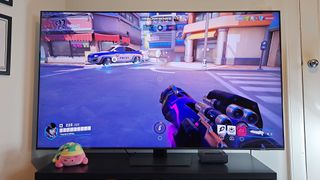
I spent most of the summer reviewing gaming TVs, and while the LG OLED G4 is sitting comfortably on the throne, the QN85D is special. Coming off the back of checking out the Hisense U7N, it’s clear that mini LED tech has limitations. Yet, Samsung has put together a panel that can fly pretty close to the glorious results of organic LEDs, all while providing punchy 120Hz specs that feel well suited to PS5 and Xbox Series X.
That said, there are a few things to consider before immediately grabbing the QN85D. For starters, I’d think about how dark or light your room of choice is. I’m personally sandwiched between two windows with plenty of glare, meaning the extra brightness provided by Samsung's mini LED panel is invaluable. If you are only planning to play games and enjoy movies in a darkened room, opting for something like the LG OLED B4 will result in slightly better colors and contrast for around the same price.
The second factor on my mind is refresh rate, as the QN85D sticks with 120Hz rather than ramping things up to 144Hz. The latter is something I’m seeing more in premium screens and is fantastic if you’ve got a living room PC that can take full advantage. Sticking with consoles for now? Then you won’t really need a screen that can go that fast, not unless the soon-to-be-announced PS5 Pro gains a speed boost in shooters like Overwatch 2. Of course, if you’re really wanting to futureproof your setup, you’ll maybe want to peek at the best gaming monitors instead.
Looking for more screens? Check out the best TV for PS5 and Xbox Series X alongside the best 120Hz 4K TVs for more high-spec options. Alternatively, swing by the best 4K monitors for gaming if you’d prefer something smaller.
Sign up to the 12DOVE Newsletter
Weekly digests, tales from the communities you love, and more

I’ve been messing around with PCs, video game consoles, and tech since before I could speak. Don’t get me wrong, I kickstarted my relationship with technology by jamming a Hot Wheels double-decker bus into my parent’s VCR, but we all have to start somewhere. I even somehow managed to become a walking, talking buyer’s guide at my teenage supermarket job, which helped me accept my career fate. So, rather than try to realise my musician dreams, or see out my University degree, I started running my own retro pop culture site and writing about video games and tech for the likes of TechRadar, The Daily Star, and the BBC before eventually ending up with a job covering graphics card shenanigans at PCGamesN. Now, I’m your friendly neighbourhood Hardware Editor at GamesRadar, and it’s my job to make sure you can kick butt in all your favourite games using the best gaming hardware, whether you’re a sucker for handhelds like the Steam Deck and Nintendo Switch or a hardcore gaming PC enthusiast.
